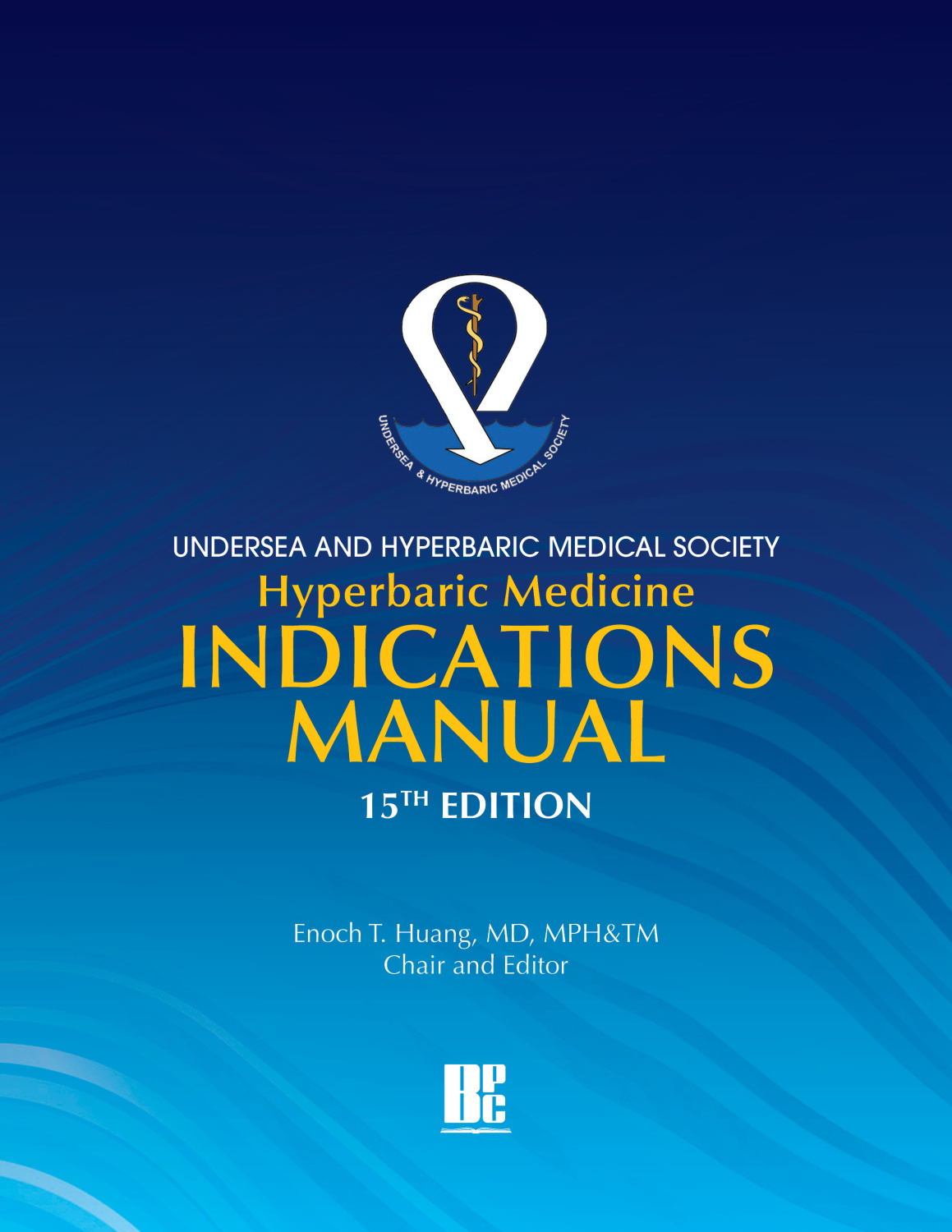Holiday Customer Support Closure
Please note that our customer support will be closed for the holidays starting December 24th through January 4th.
DEPTH Blog
Hyperbaric Medicine Indications & Patient Selection: Part 3 of 4
NOTE: While these are effectively ‘snapshots’ of each indication we strongly recommend a thorough reading of each chapter in the UHMS Indications resources to appreciate the full view for HBO2 treatment of these conditions.
"Currently 14 indications for HBO2 are recognized by the UHMS, with recommendations for treatment. What follows is an abbreviated description of each. To read this article in its entirety, please connect to #HyperbaricAware: Hyperbaric Indications and Patient Selection Criteria Part 3 of 4
- AIR OR GAS EMBOLISM
- CARBON MONOXIDE POISONING (CO poisoning complicated by cyanide poisoning)
- CLOSTRIDIAL MYONECROSIS (GAS GANGRENE)
- DECOMPRESSION SICKNESS
- DELAYED RADIATION INJURIES
(DRIs) are now the most frequent indication for
hyperbaric treatments in the United States.
DELAYED RADIATION INJURIES:
The latest information available from the UHMS in 2019 indicates that delayed radiation injuries (DRIs) are now the most frequent indication for hyperbaric treatments in the United States. The management of delayed radiation injury, especially when bone is involved, requires a multidisciplinary approach. DRIs can result from the treatment of mandibular radiation necrosis, radiation therapy for head and neck cancer, breast cancer surgery, treatment of rectal cancers, gynecologic malignancies and prostate cancer. A host of injuries can occur that include radiation enteritis, cystitis, myelitis and proctitis as well as pneumonitis, brisk dermatitis and other cutaneous injuries, ulceration, chest wall and laryngeal necrosis. Radiation injuries should be classified as acute, subacute or delayed complications.
Acute injuries are due to direct and essentially immediate cellular toxicity caused by free radical-mediated damage to DNA in normal cells surrounding the tumor. Many cells suffer a mitotic or reproductive death, i.e., enough damage has been rendered to the DNA that successful subsequent cell division and reproduction are prevented. This mechanism is felt to be the primary method by which most cancer cells are destroyed. Acute injuries to normal tissues are typically self-limited and almost invariably resolve within a few weeks of completing the course of radiation, rarely persisting beyond two months. Treatment is generally symptomatic providing nutritional support and pain control. Though self-limited, acute injuries can be debilitating throughout their duration and must not be neglected.
Subacute injuries are typically identifiable in just a few organ systems. In the lungs. For example, injury can appear as radiation pneumonitis, a clinical syndrome mimicking bronchitis, with onset between eight to 12 weeks after radiation. Subacute injuries also occur in the spinal cord as the result of temporary demyelinization. Subacute effects are most often self-limited but on a rare occasion evolve to become delayed injuries. Some subacute injuries may persist for several months.
Delayed radiation complications are typically seen after a
latent period of six months or more and may rarely develop
many years after the radiation exposure.
Sometimes, especially when chemotherapy and radiation are given as combined modality treatment, acute injuries are so severe that they never resolve and evolve to become chronic injuries indistinguishable from other delayed radiation injuries. Often, delayed injuries are precipitated by an additional tissue insult such as trauma or surgery within the radiation field. However, frequently late radiation injuries are spontaneous, and no immediate precipitating insult or injury can be identified.
The impact of hyperbaric oxygen in terms of its beneficial effects is likely to involve at least three mechanisms in radiation damaged tissues:
- Hyperbaric oxygen stimulates angiogenesis and secondarily improves tissue oxygenation
- Hyperbaric oxygen reduces fibrosis.
- Hyperbaric oxygen mobilizes and induces an increase of stem cells within irradiated tissues that can differentiate, as needed, by that tissue.
A growing body of literature supports the use of HBO2 in the prevention and treatment of radiation injury, usually in the setting of surgery within an irradiated field where the likelihood of complications is very high. Due to the varied nature and broad scope of delayed radiation injuries research is ongoing."
Taken from Moon RE, ed. Hyperbaric Oxygen Therapy Indications, 14 ed. North Palm Beach: Best Publishing, 2019: 1-13. Adapted by Renée Duncan, Communications, UHMS
Resources:
For the most up-to-date, complete guide for Hyperbaric Medicine Indications refer to
The Undersea Hyperbaric & Medical Society, Hyperbaric Medicine Indications Manual, 15th Edition released by UHMS and Best Publishing Company, 2024.
New Clinics:
Are you starting a new hyperbaric and wound care clinic, or overhauling an existing program? Are you unsure where to start with regard to staff training and credentialing? Start Here: Wound Care Education Partners: New Clinics
Enroll in Introduction to Hyperbaric Medicine:
Wound Care Education Partners offer Introduction to Hyperbaric Medicine which will provide medical professionals with basic training or continuing education in hyperbaric medicine. Check it out here: https://www.woundeducationpartners.com/live-courses/hbo-courses.html
BEST PUBLISHING COMPANY
631 US Highway 1, Suite 307,
North Palm Beach, FL 33408
Phone: 561.776.6066
This email address is being protected from spambots. You need JavaScript enabled to view it.
www.bestpub.com
When you subscribe to the blog, we will send you an e-mail when there are new updates on the site so you wouldn't miss them.







